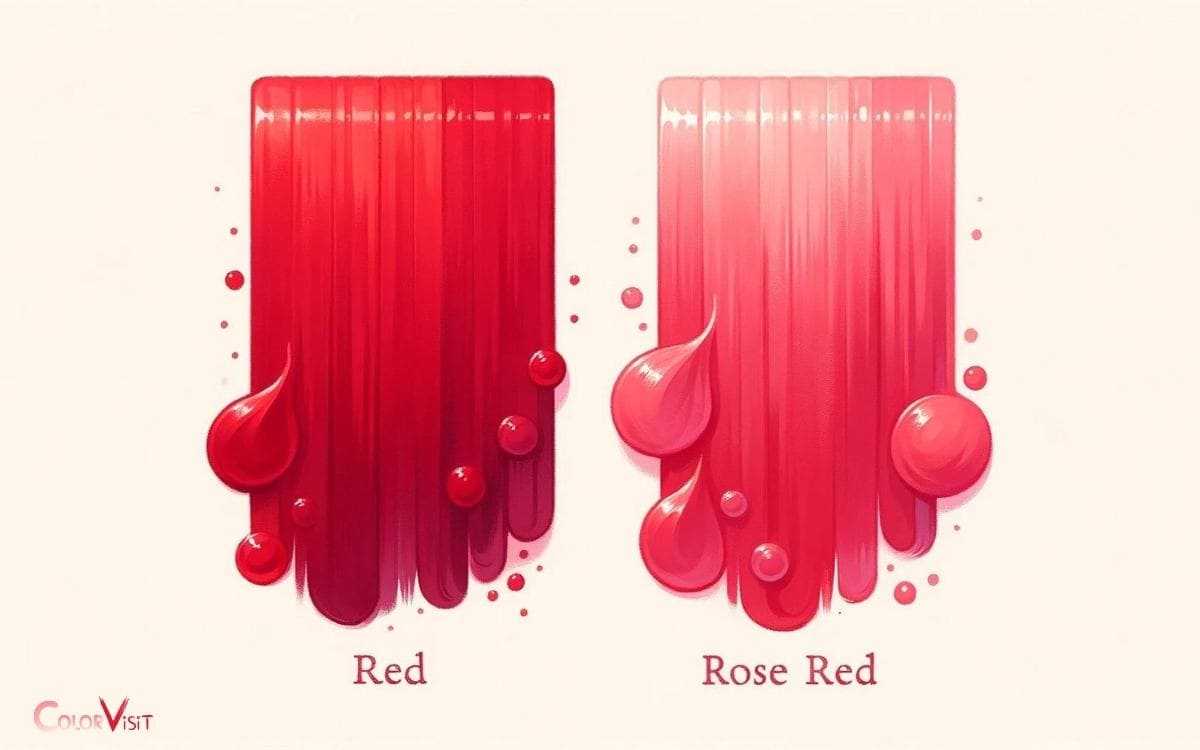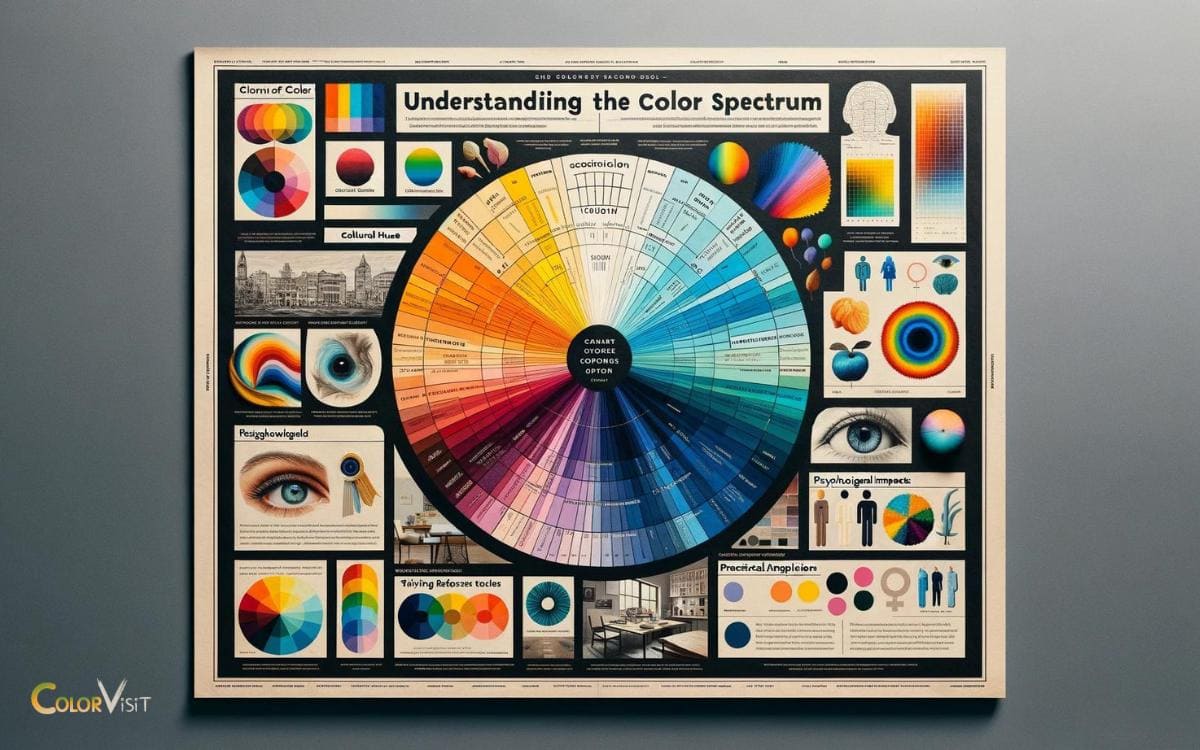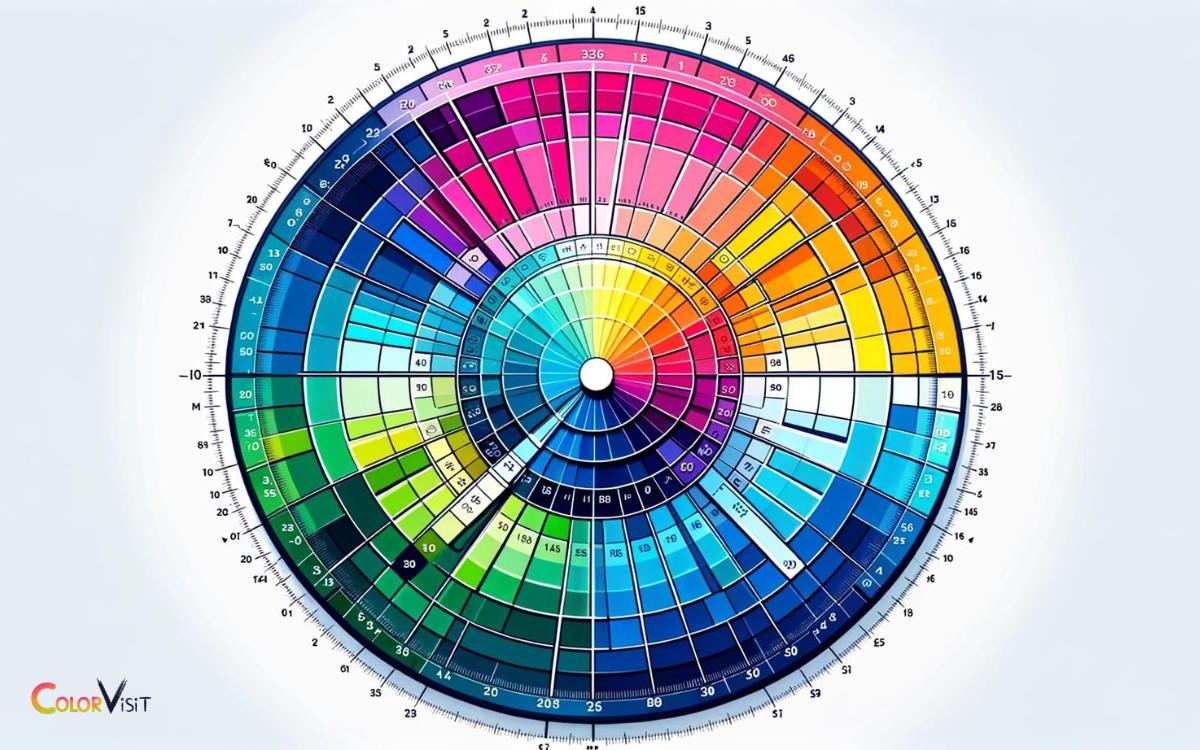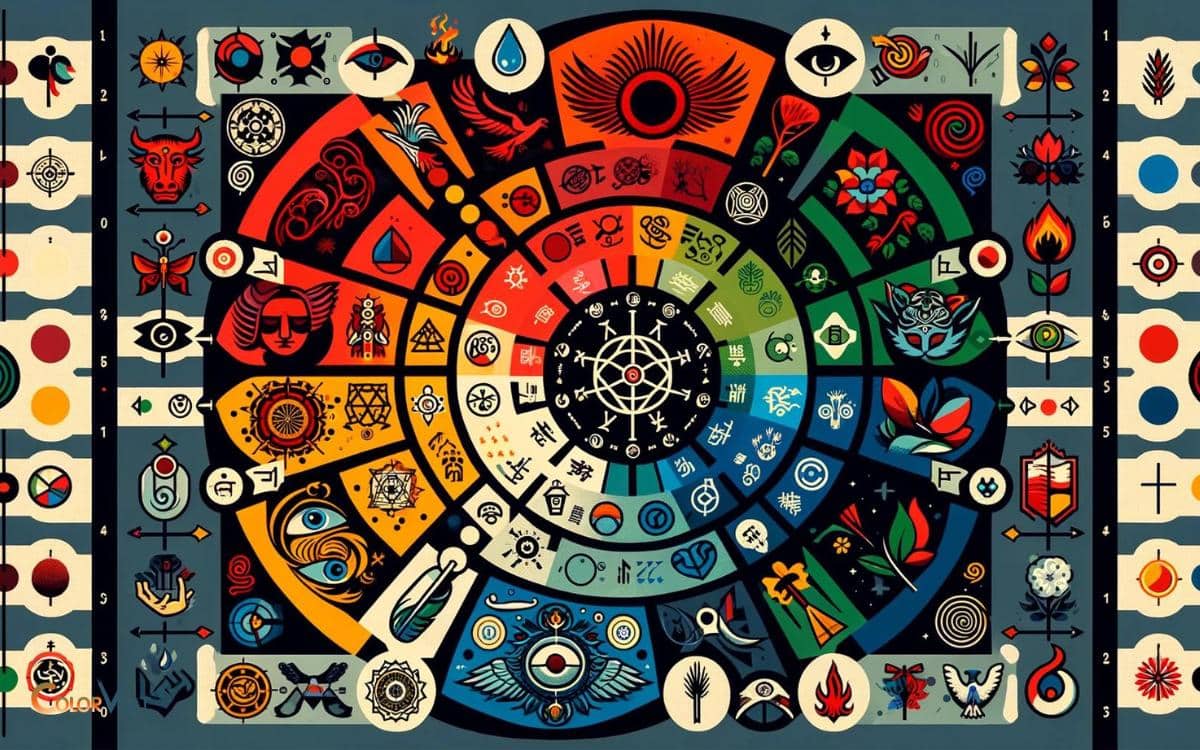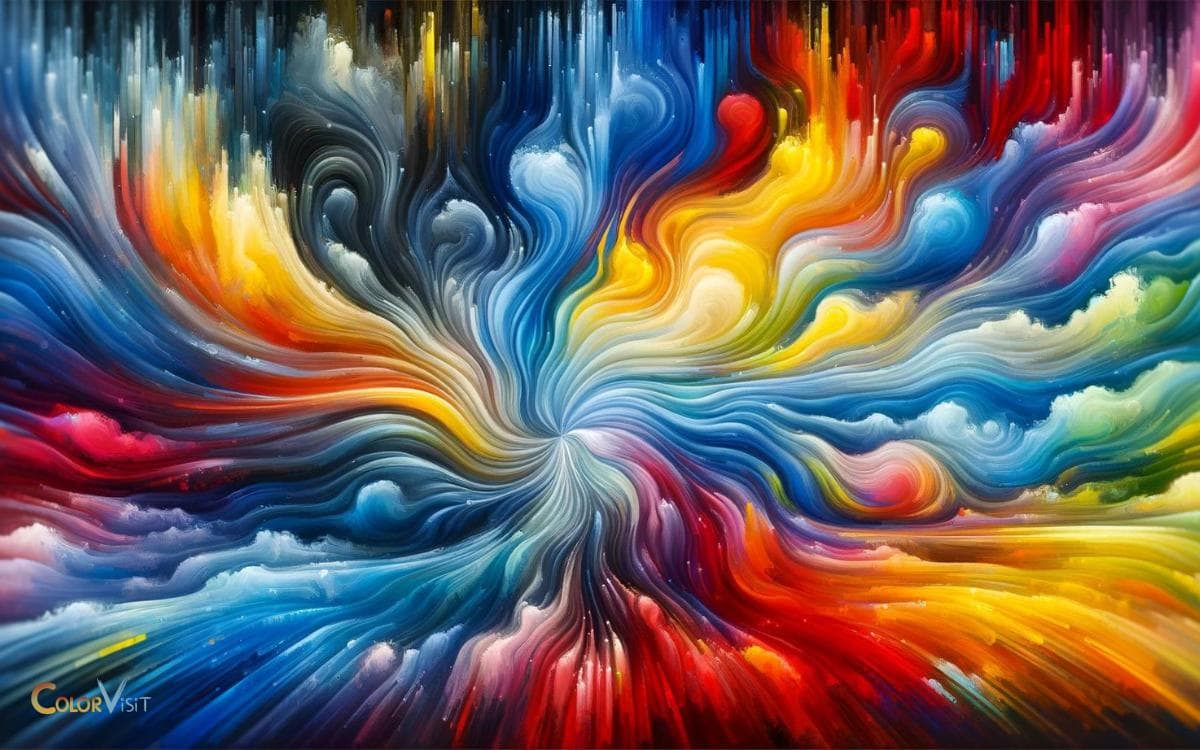Difference Between Red And Rose Red Color: Distinct Shades!
Red and rose red color are two distinct shades in color theory. While red is a primary color that signifies energy and passion, rose red is a softer, pinkish-red hue that often symbolizes love and romance.
Red is a primary color, meaning it cannot be created by mixing other colors. It is bold, vibrant, and often associated with passion, love, and anger.
On the other hand, rose red is a shade of red that includes a touch of pink. This subtle addition softens the intensity of red, giving rose red a more romantic, delicate, and soothing aura.
In terms of application, red is often used to grab attention and evoke strong emotions, while rose red is generally used to convey romance, femininity, and gentleness.
Key Takeaway
Understanding the Color Spectrum
Understanding the color spectrum is essential for discerning the distinctions between red and rose red.
- The color spectrum, a fundamental concept in art, design, and science, encompasses the entire range of colors visible to the human eye. It is a continuum of hues that transition seamlessly from one shade to another.
- In the case of red and rose red, the color spectrum plays a crucial role in identifying their subtle variations.
- By understanding the wavelengths of light and how they interact with our vision, one can appreciate the nuanced differences between these two similar yet distinct colors.
This comprehension is vital for industries such as fashion, interior design, and graphic arts, where precise color distinctions are paramount for innovation and creativity.
Variations in Hue and Saturation
When examining the variations in hue and saturation between red and rose red, it becomes evident that the subtle differences in these colors play a significant role in various industries such as fashion, interior design, and graphic arts.
In fashion, the variation in hue and saturation between red and rose red can evoke different emotions and cater to diverse consumer preferences.
The table below further illustrates the variations in hue and saturation between red and rose red:
| Aspect | Red | Rose Red |
|---|---|---|
| Hue | Vibrant | Subtle |
| Saturation | High | Medium |
| Intensity | Bold | Soft |
Cultural and Symbolic Associations
Continuing from the previous subtopic, frequently in various industries, the cultural and symbolic associations of red and rose red colors hold significant importance.
Understanding these associations can provide a deeper insight into the impact of these colors on consumer behavior, brand identity, and societal perceptions.
Consider the following:
- Passion and Energy: Red is often associated with passion, energy, and action, evoking strong emotions and an urgent call to attention.
- Romance and Sensitivity: Rose red, on the other hand, is often linked to romance, gentleness, and sensitivity, conveying a softer and more nuanced emotional appeal.
- Cultural Significance: Both red and rose red colors hold diverse cultural symbolism, representing luck, prosperity, love, and courage in various societies.
Understanding these cultural and symbolic associations can aid in creating innovative and culturally relevant designs, products, and marketing strategies.
This understanding directly influences the psychological impact and emotional responses associated with these colors.
Psychological Impact and Emotional Responses
The cultural and symbolic associations of red and rose red colors frequently elicit distinct psychological impacts and emotional responses in individuals and societies.
Red, being associated with passion, energy, and power, often evokes strong emotional responses such as excitement, intensity, and even danger.
On the other hand, rose red, with its softer and more delicate hue, tends to evoke feelings of romance, gentleness, and harmony.
| Psychological Impact | Emotional Response |
|---|---|
| Red | Passion, energy, danger, excitement |
| Rose Red | Romance, gentleness, harmony |
These emotional and psychological associations play a significant role in various aspects of human life, including marketing, design, and personal expression.
Understanding the nuanced differences in emotional responses to these colors can lead to innovative approaches in leveraging their psychological impact.
Practical Applications and Styling Tips
Transitioning from the psychological and emotional impacts of red and rose red colors, it is essential to consider the practical applications and styling tips for effectively incorporating these hues into various contexts.
Practical Applications and Styling Tips
- Fashion Forward: Experiment with red and rose red in your wardrobe by incorporating statement pieces or accessories to add a pop of color to your outfit.
- Interior Design: Utilize red and rose red in home decor through accent walls, furniture, or decor items to create a vibrant and energetic space.
- Branding and Marketing: Incorporate these colors strategically in branding and marketing materials to evoke passion, energy, and excitement, capturing the attention of your target audience.
Conclusion
The difference between red and rose red color lies in their variations in hue and saturation, cultural and symbolic associations, psychological impact, and practical applications.
While red is associated with passion and intensity, rose red is often seen as a softer, more delicate shade. Understanding the nuances of these colors can help in making informed choices in styling and design.
So, whether it’s a bold red statement or a subtle touch of rose red, both colors have their own unique charm and appeal.
